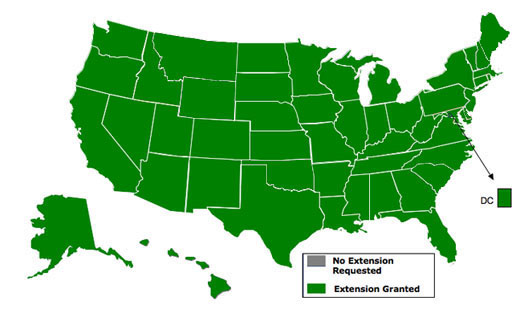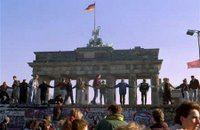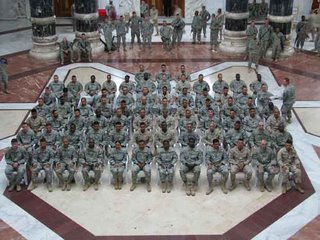Setting the Record Straight on REAL ID (Part III) – Too Much Spaghetti
Wrong. REAL ID is simple. The regulation requires that states meet minimum security standards when they issue driver’s licenses and identification cards necessary for “official purposes,” like getting on a plane or entering federal buildings. That’s it. The federal government’s role is to make sure that states meet minimum standards of security, so that banks and airports in one state can count on the quality of licenses issued in another.
States will still control their licenses and the personal information they collect. And, they will have plenty of flexibility in setting the license’s design, physical security features, and issuance procedures. These minimum standards will make it harder for terrorists to take advantage of the weak security of a particular state, the way Timothy McVeigh did when he used a fake South Dakota license to rent a Ryder truck in Oklahoma to bomb the Murrah Federal Building.
Don’t want a REAL ID? Don’t get one. If you don’t need a driver’s license or similar ID today, nothing in the REAL ID Act requires you to get one. In fact, the federal government does not have the authority to regulate how or whether a bank, grocery store, retailer, or school requires REAL ID. States and private companies make those determinations. So, given that states will have control over the production and issuance processes, the design and features of the card, and the data stored, how can anyone argue that REAL ID is a national ID? In short, they can’t, but that does not stop them from trying.
REAL ID is one of the last 9/11 Commission recommendations that still remains to be implemented. All but one of the nineteen 9/11 hijackers carried some form of government-issued ID, mostly state driver’s licenses, many of which were obtained fraudulently. In the planning stages for the attacks, these documents were used to rent vehicles, evade law enforcement, enroll in flight school, and board airplanes on that fateful day.
The 9/11 Commission was dismayed, like the rest of us, by how easy it was for the hijackers to beat the system. That’s why the Commission recommended that “(s)ecure identification should begin in the Untied States. The Federal Government should set standards for the issuance of birth certifications and sources of identification, such as driver’s licenses.”
Critics of REAL ID have been busy throwing a lot of spaghetti on the walls. They’ll tell you it’s a national ID, it invades privacy, or that it’s too expensive. Spaghetti throwing is almost a pastime in the beltway. It is also an indication that one lacks valid arguments. So, absent that validity, they’ll throw out a bunch of poor arguments and see which ones stick.
But, REAL ID is too important for these sorts of myths or games. I have commented on some of them in earlier blogs, and I’m still waiting for a convincing argument in favor of insecure identification. If you have one, I’d sure like to see it.
For more information on REAL ID, visit: www.dhs.gov/realid.
Stewart A. Baker
Assistant Secretary for Policy
Labels: driver’s license, Real ID, security













